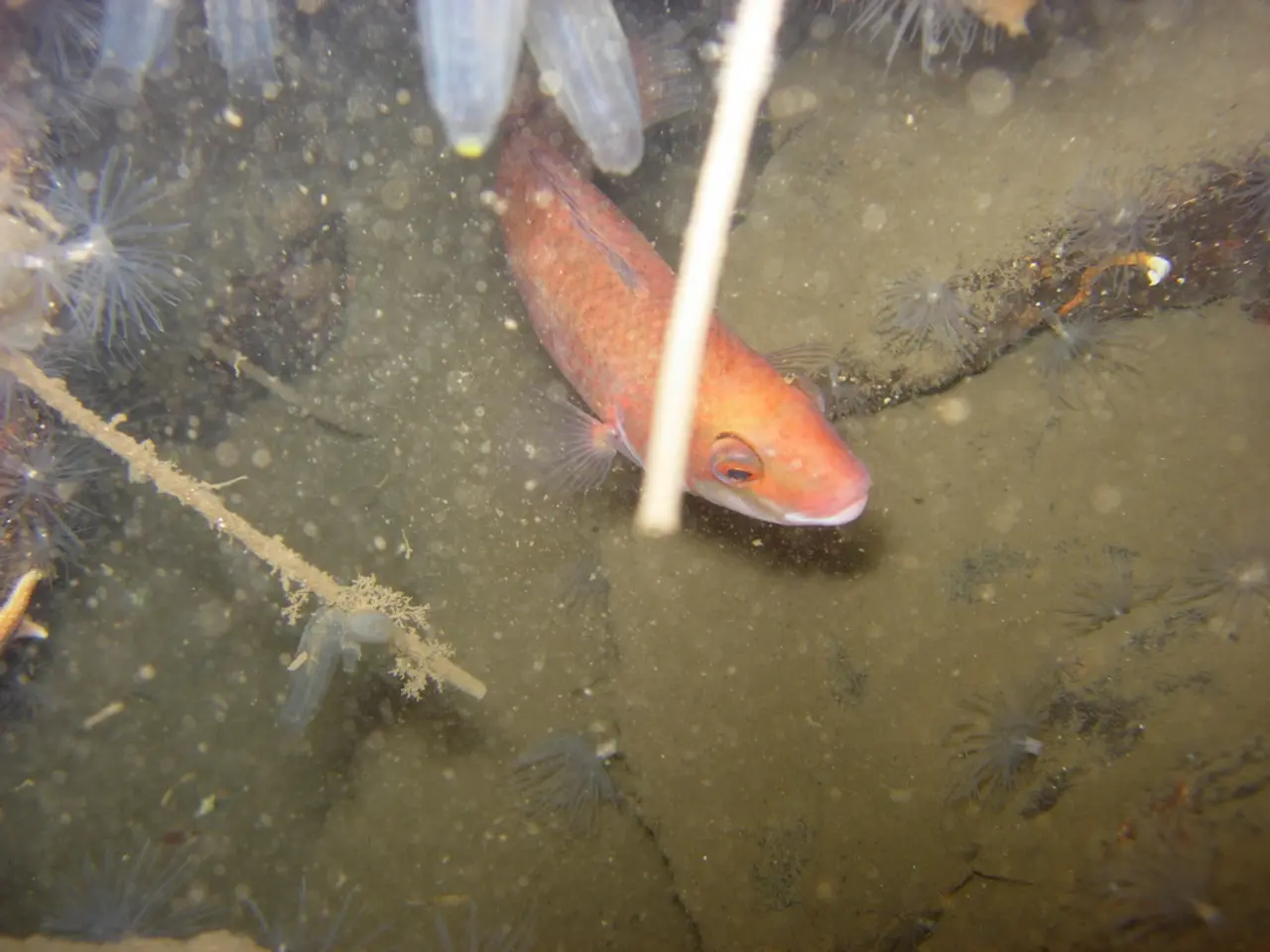Merging Aquatic Life: Balanced Ecosystem of Fish and Plants in Permanent Cultivation
In the heart of Bowling Green State University, an impressive pilot program is making waves in the world of agriculture. The aquaponics system at the university has proven its efficiency, producing a bountiful yield of tomatoes and yellow perch, all while eliminating nutrient runoff and reducing the risk of harmful algal blooms.
Aquaponics, a fusion of aquaculture and hydroponics, is gaining traction as a profitable venture, particularly in urban settings. By tapping into the rising demand for locally-sourced, sustainable produce, it offers a promising avenue for revitalizing local economies.
However, the widespread adoption of aquaponics in urban settings is not without challenges. Concerns about long-term sustainability due to heavy use of plastics and modern technology are valid concerns that need to be addressed.
But the potential for sustainable practices and design patterns in aquaponics is immense. Systems can be built from recycled materials, growing duckweed or other plants as fish food, using renewable energy sources, and designing shallower grow beds.
The symbiotic ecosystem at the heart of aquaponics is crucial for its success. Fish waste provides nutrients for the plants, while the plants filter the water for the fish, creating a closed-loop system with minimal waste. The setup at BGSU is designed to use only tap water, without the need for fertilizers or pesticides, ensuring safe and nutritious food production.
The water efficiency of aquaponics is another significant advantage. Systems can reduce water consumption by up to 90% compared to traditional agriculture, making it an attractive option in water-scarce regions.
In Germany, aquaponics is making strides, with Wunstorf near Hannover hosting Europe's largest sustainable shrimp farm with a closed water circulation system. Yet, urban aquaponic farming is still in its infancy economically.
To bridge knowledge gaps and empower more individuals to harness the benefits of aquaponics, targeted education and training programs are essential. As this technology continues to evolve, the future of food production looks brighter, with aquaponics playing a central role in the transition towards a more sustainable and resilient agricultural landscape.
By harnessing the symbiotic ecosystem of fish, plants, and bacteria, aquaponic systems like the one at BGSU demonstrate the potential for sustainable, closed-loop farming practices that can address global challenges such as water scarcity and environmental pollution. The demand for urban farming and locally-sourced produce continues to rise, and aquaponics is poised to play a crucial role in meeting this demand.
Read also:
- Peptide YY (PYY): Exploring its Role in Appetite Suppression, Intestinal Health, and Cognitive Links
- Toddler Health: Rotavirus Signs, Origins, and Potential Complications
- Digestive issues and heart discomfort: Root causes and associated health conditions
- House Infernos: Deadly Hazards Surpassing the Flames








